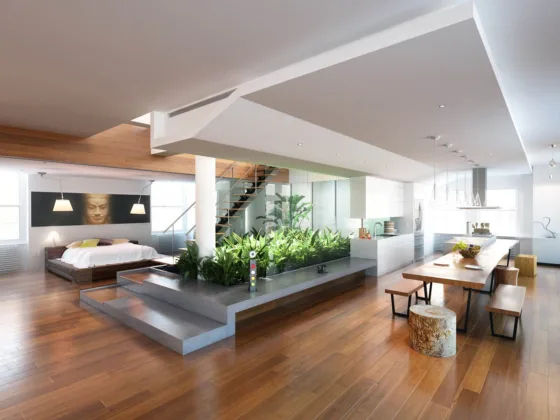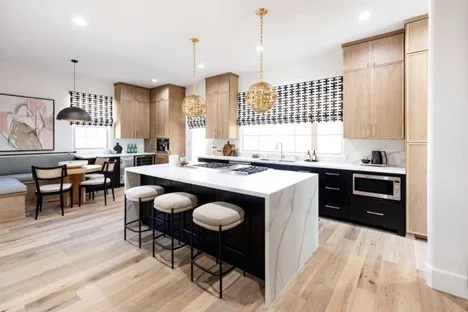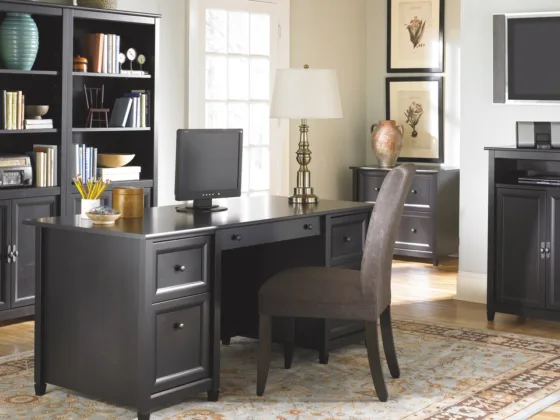Table of Contents Show
There are plenty of times when we walk into a living space, and something just doesn’t feel right. The furniture may be great, the overall layout may seem perfect, but it may still seem like the different pieces aren’t coming together.
It feels like something is missing, but you can’t put your finger on it. Most of the time, this happens when space lacks a thematic color scheme.

A home designed over time, and without a thematic color scheme in place, everything can end up looking out of order.
It doesn’t mean that all rooms need to look the same, or you need to limit your color choices to shades of a single color; you just need to decide on a color palette for your space and stick to it.
To help you out, here are some tips on how to select the best thematic colors for your home:
Read Also:
- Front Door Color: The Simple Way to Enhance Your Home’s Spring Curb Appeal
- The Industry Expert Ideas to Use Antique Mirror in Classic Home Décor [2020]
- Home Sweet Home: 4 Must-Know Tips for How to Make Your Home Cozy
- 7 Key Tips for Choosing the Best Exterior Paint Palette for Your House
- How to Design Your Home With a Touch of Your Cultural Roots
- 5 Design Ideas for Pet-owners Staying at Home
Take Inspiration from Every Place You Can
Inspiration for the color scheme of your home can come from anywhere. You should check home improvement magazines, look online, or even find different color combinations you like or in any object, you come across.
For instance, you love how the colors come together in a trendy rug you own or your upholstered armchair.
Perhaps you like the hues in the wallpaper you have seen. If a particular color combination appeals to you, you can find a way to incorporate it into your overall color scheme.
By engaging professionals for the task, you can make the overall selection process a lot easier.
Not only will they provide quality painting services, but they will also help you select the best thematic colors for your home based on your preferences and the kind of look you have in mind.
Due to their expertise and experience, they know what colors work best in which places taking into account factors such as the undertones, lighting of a room, compatibility with other colors, etc.
Start from the Biggest and Most Centrally Located Room
An excellent way to start deciding on the color scheme for your whole house is to start with the place that acts as the focal point. It is often the kitchen or living room.
Once you have picked the color for this room, planning the tone for the rest of the house is always more manageable, as you just need to find colors that go well with it.
If you mixed up about which color would be best, soft and neutral colors are an excellent selection as they will make it easier to pick the other colors.
Check Which Spaces are Visible from One Another
In a house, no room can be a completely separate space from another; each room is likely to open up to another and, consequently, be visible from the other rooms.
You need to walk around your house and take note of such things when deciding the color scheme.
For instance, the dining room and lounge may be visible from the kitchen. When planning the color scheme of such places, in particular, it is vital to ensure that they don’t clash with each other.
If you are going for a bold color for one room, make sure the adjoining rooms are a more subtle color.
Using Different Shades of the Same Color Always Works
Choosing different shades of the same color for adjacent walls and rooms is always a great strategy. Not only does it provide your home a uniform look with varying depths, but it is also a sure-fire to ensure that everything will go well together.
For instance, if you have one shade of blue picked out for a lounge, you can choose a shade lighter or darker for the stairway next to it.
Take Each Floor as a Separate Living Space
If your home has different stories, you can safely choose a different color scheme for each as they are two separate spaces.
Functioning on one area at a time will also make the color-picking decisions easier compared to having to decide everything together.
Make Sure to Have Some Neutrals
Having a few neutral hues can make your home look so much more well-thought-out and coordinated, and it makes it a lot easier to decide on the overall color scheme.
The standard rooms, in particular, always look great in neutral colors; these include halls, stairways, the lounge, etc.
They allow you to choose bolder colors for the rooms without looking chaotic. Different shades of white, grey, or beige all make right neutral colors.
It’s Not Just About The Walls
A color scheme doesn’t only include focusing on the color of the walls. Even if you have bare white walls, you can create a color scheme with furniture, rugs, throws, and pillows.
Not only do these things add color to a room, but they also add depth, texture, and patterns. Artwork and accessories are also excellent ways to add fun accents to any living space.
You can add souvenirs, décor, plants, and flowers, or anything else you like that goes with your overall theme.
Conclusion
It is crucial to keep in concentration that choosing the color scheme for your home should be a fun experience instead of being a stressful one.
Get the whole family involved, visit paint stores, bring swatches home, and ask professionals for advice to see what will work best. Selecting your color scheme is all about trusting your instincts – so choose whatever feels right and run with it!









